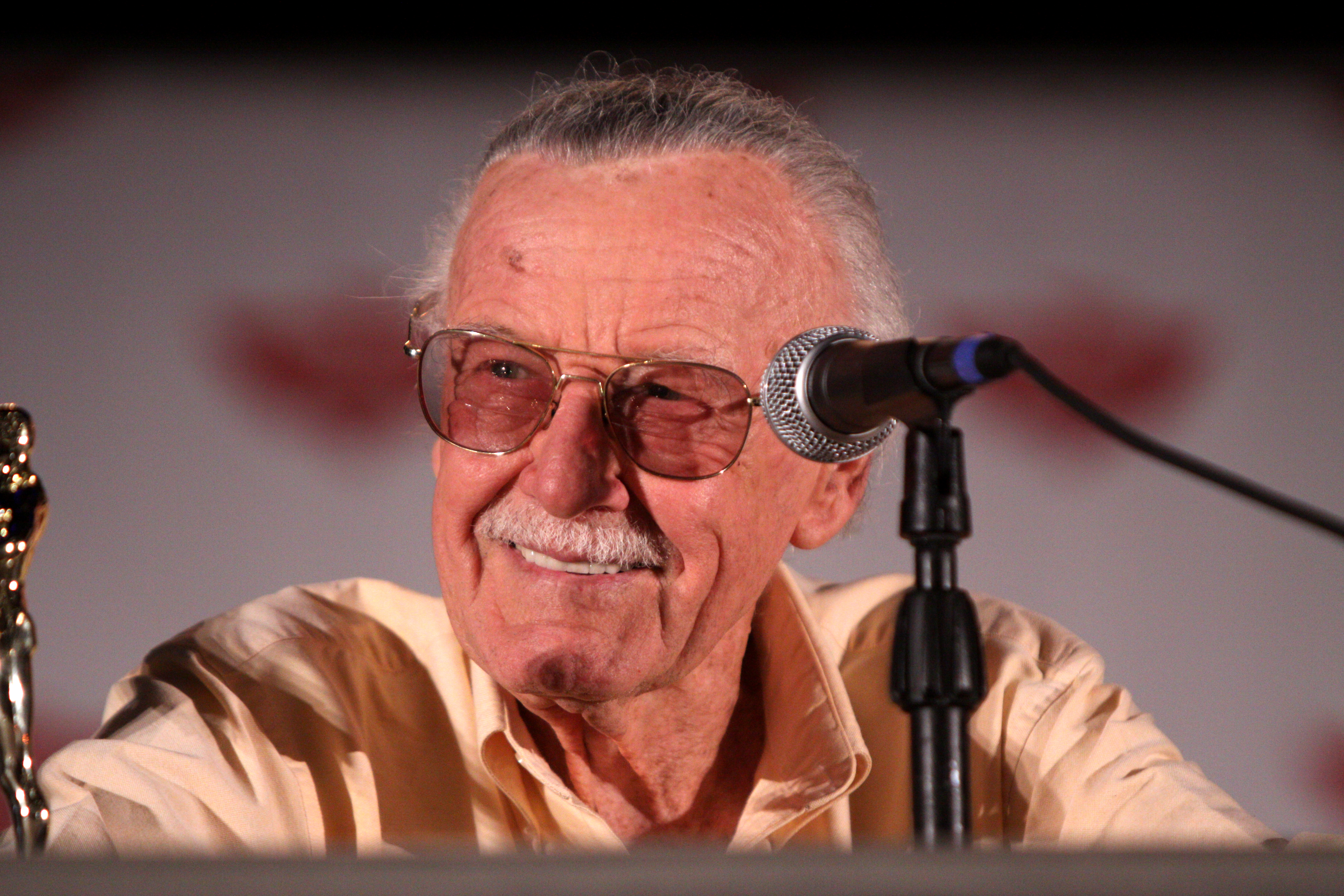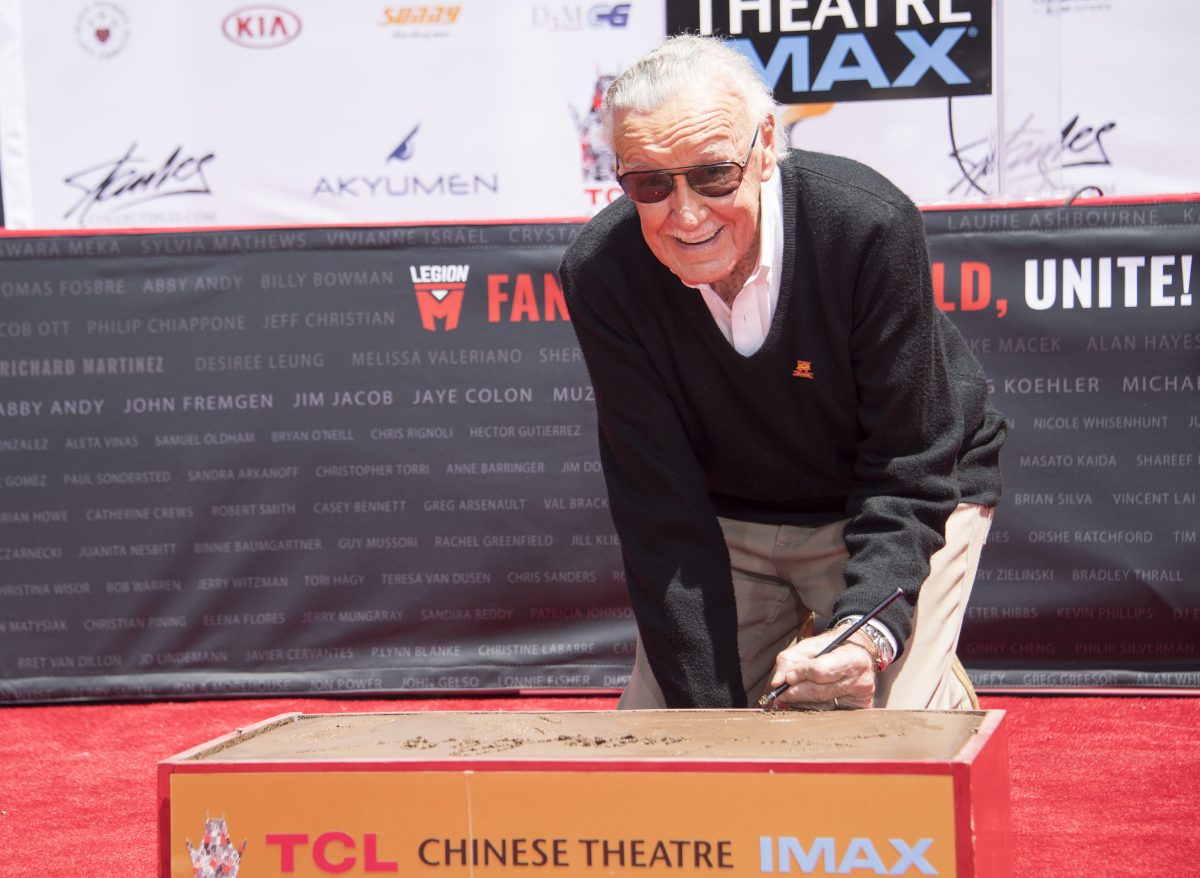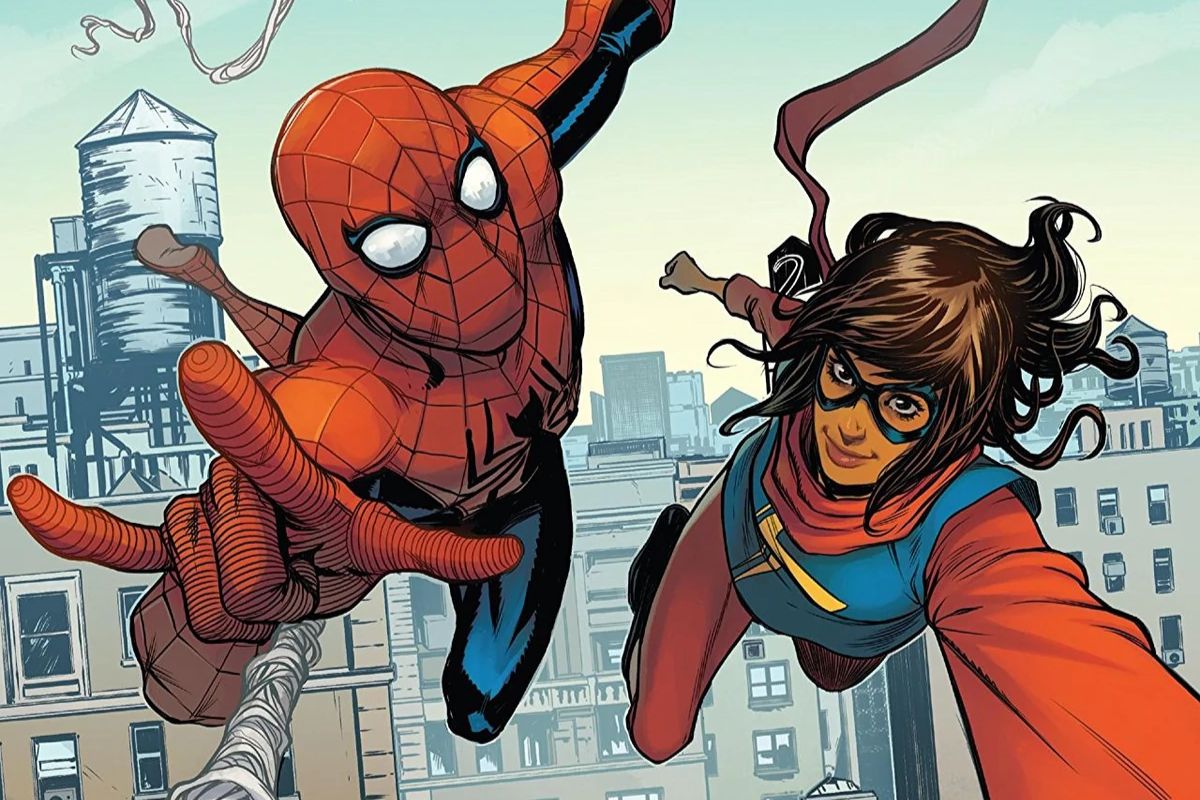Did Stan Lee Create Marvel? Answered and Explained

The late and great Stan Lee is best remembered for being the face of Marvel and steering the ship from as far back as the Silver Age of Comics to the rise of the superhero sub-film genre during the early ‘00s. In fact, his own cameos in each of the films were something both fans and casual viewers alike anticipated for years during the Marvel Cinematic Universe’s first three phases. But just how much did Lee actually contribute to the creation of Marvel and was he the brains behind it all?
Stan the Man

Born in 1922 as Stanley Martin Lieber to a middle-class family during the height of the Depression, Lee attended DeWitt Clinton High School (which also happen to be the alma mater of acclaimed writer James Baldwin). He first got his glimpse into the world of writing after working on obituaries for a news service and some publicity materials for a hospital.
Eventually, he found a way into the halls of Timely, the precursor to what would become Marvel Comics. At the top of Timely’s chain of command was Martin Goodman, who happened to be Lee’s uncle. From there, he started out with helping artists “erase pencil marks” before starting to write himself. Famously, he opted not to use his actual name and used “Stan Lee,” claiming that he’d use Stanley Lieber when he’d finally written the next Great American Novel.
It was, of course, during this time that he’d meet some of the people who would change the course of his life: Jack Kirby, Joe Simon, Bill Everett, and Carl Burgos, iconic illustrators whose efforts have arguably gone unsung over the years, in contrast to the credit that Lee has received. His noteworthy but rocky relationship with Kirby, especially, is still a topic of debate. Did they ever reconcile? Were they actually a team? Who did what?
The Marvel Method

Upon Lee’s passing in 2018, many editorial pieces and tributes regarded the late comic book titan as Marvel’s founding father, if not the “co-creator” of some of its staple superheroes like Spider-Man, X-Men, and the Fantastic Four. The truth, however, is a little more complicated and debunks these generalizations as what could only be described as self-created myths and popular misconceptions.
In what is now popularly known as the “Marvel Method,” Lee and his artists adopted a process where he [Lee] would have conversations with the writer or illustrator, who would then be tasked with having to flesh out the prompt given and work on the entire visual process. After that, Lee would go over everything and add any necessary suggestions or dialogue. In other words, he mostly didn’t write anything by himself. However, in a 2002 memoir, he wrote of Spider-Man and Doctor Strange creator Steve Ditko, “I really think I’m being very generous in giving him ‘co-creator’ credit, because I’m the guy who dreamed up the title, the concept, and the characters.”
Ditko and Kirby provided contrary accounts to Lee’s version of their process and the Marvel Method. In a 1989 interview, Kirby (best known for the Fantastic Four, Thor, and his many contributions to the comic book medium), bluntly and categorically stated, “Stan Lee and I never collaborated on anything. It wasn’t possible for a man like Stan Lee to come up with new things—or old things, for that matter. Stan Lee wasn’t a guy that read or that told stories.”
Abraham Riesman’s most recent biography on Lee, True Believer: The Rise and Fall of Stan Lee, published in 2021, paints an interesting image of the process. In an excerpt featuring reporter Nat Freedland, he recalls working on a piece on Marvel and having the opportunity to see a brief story conference between Lee and Kirby, where the former did most of the talking. According to Kirby and an assistant of his, the entire thing was basically a mere recreation because he and Lee had already plotted the upcoming issue they were working on.
Still, when the story came out, high praises were written about Lee, while Kirby was described as passive and unremarkable. At the time the piece came out, tensions between the two had been growing for years, making it among the final nails to the coffin of their partnership.
This doesn’t mean, however, that things remained sour between the two—that is, according to Lee, at least. In a 2016 radio interview, the late Marvel giant had the opportunity to share the King of Comics’ last words top him.
“I saw him at a comic book convention. And I walked up to him, and he said ‘Stan, you have nothing to reproach yourself for,’ which I thought was kind of an odd thing. I liked hearing it, but it was odd for him to say it.”
Although puzzled, he explained that he understood. Lee elaborated that Kirby fans often cited how he took a large chunk of the credit, leaving the legendary comic book illustrator with no mention.
“A lot of people who were big Kirby fans always thought that I was taking the big share of the credit and Kirby wasn’t …. I don’t determine how much credit people should get,” Lee said.
A team effort

It’s understandable how the collaborative technique of the Marvel Method may have led to competitiveness and ultimately, tension between writers and artists. The process also ultimately fails to assign ownership or definite credit as to who did what. It has led to several long-running legal disputes, with the most recent one being September of 2021 after the administrator of Steve Ditko’s estate filed a notice of termination on Spider-Man. The litigation will, of course, will put once again into question the method, which Marvel has defended in the past with the argument that the artists being represented by their heirs and estates were freelancers and were in short, working on a “work for hire” basis.
The legalities, of course, are an entirely separate matter altogether, with each side presenting compelling arguments, same as with the countless debates on line extensively discussing the matter. Ultimately, however, one thing is for certain: the Marvel Universe was not the product of the vision of one man but of an entire team of creative and innovative minds who each deserve their own places in history.
Have a tip we should know? [email protected]
